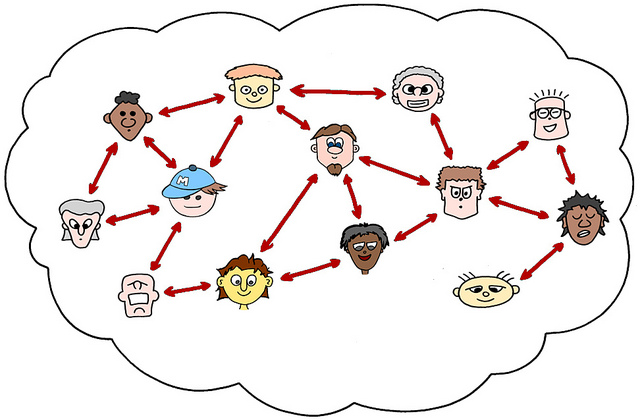In social-impact networks community members work together to create change for social good. In this post, CSCCE Director Lou Woodley takes a look at how that works. This post originally appeared on Social in silico.

For regular online communities, such as those hosted by an organisation, we looked at the four stage model of the community lifecycle described in Rich Millington’s “Buzzing Communities”. Last week, we considered a different type of community – a social-impact network where the emphasis is on group members working together for a social good. In “Connecting to Change the World”, the authors discuss three different stages of a social-impact network – and how it’s possible to transition between them. Let’s consider this connect-align-produce model.
Continue reading “Considering Community: The Connect-Align-Produce network model for social-impact networks”
